Picking proper lavender companion plants can improve the health and vitality of your garden. Here's a guide on which work with lavender and which plants won't work at all!
Lavender, or Lavendula, botanically speaking, is an incredibly versatile and beautiful flowering plant. It belongs to the mint family of plants, Lamiaceae, and is native to many parts of the Eastern world.
The most widely cultivated species of Lavender is Lavandula angustifolia, aka English lavender. This species produces slender spikes of fragrant purple-blue flowers and features evergreen leaves that have a narrow shape.
Spanish lavender looks slightly different than English lavender but is less cold hardy, zones 7-9. It's important to ensure you're planting the correct lavender variety for your growing zone.
Lavender is usually grown in the home garden as an ornamental plant, popular due to its attractive flowers and fragrance and ability to tolerate dry conditions with little water. This flowering herb is also grown for culinary applications and essential oil extraction.
Lavender actually benefits from gravel or sandy soil as it prefers well-drained soil to damp or wet soil. Lavender does best in warm climates with full sun. This perennial plant is hardy to USDA zone 5.

As an Amazon Associate I earn from qualifying purchases.
Jump to:
What Is Companion Planting?
Companion planting is the practice of planting two or more plants together for the benefit of one or both plants. By planting lavender with certain plants, you can help increase natural beauty while also reducing the likelihood of garden pests and diseases, naturally, without any chemicals!
Food forests are basically large-scale companion plantings!
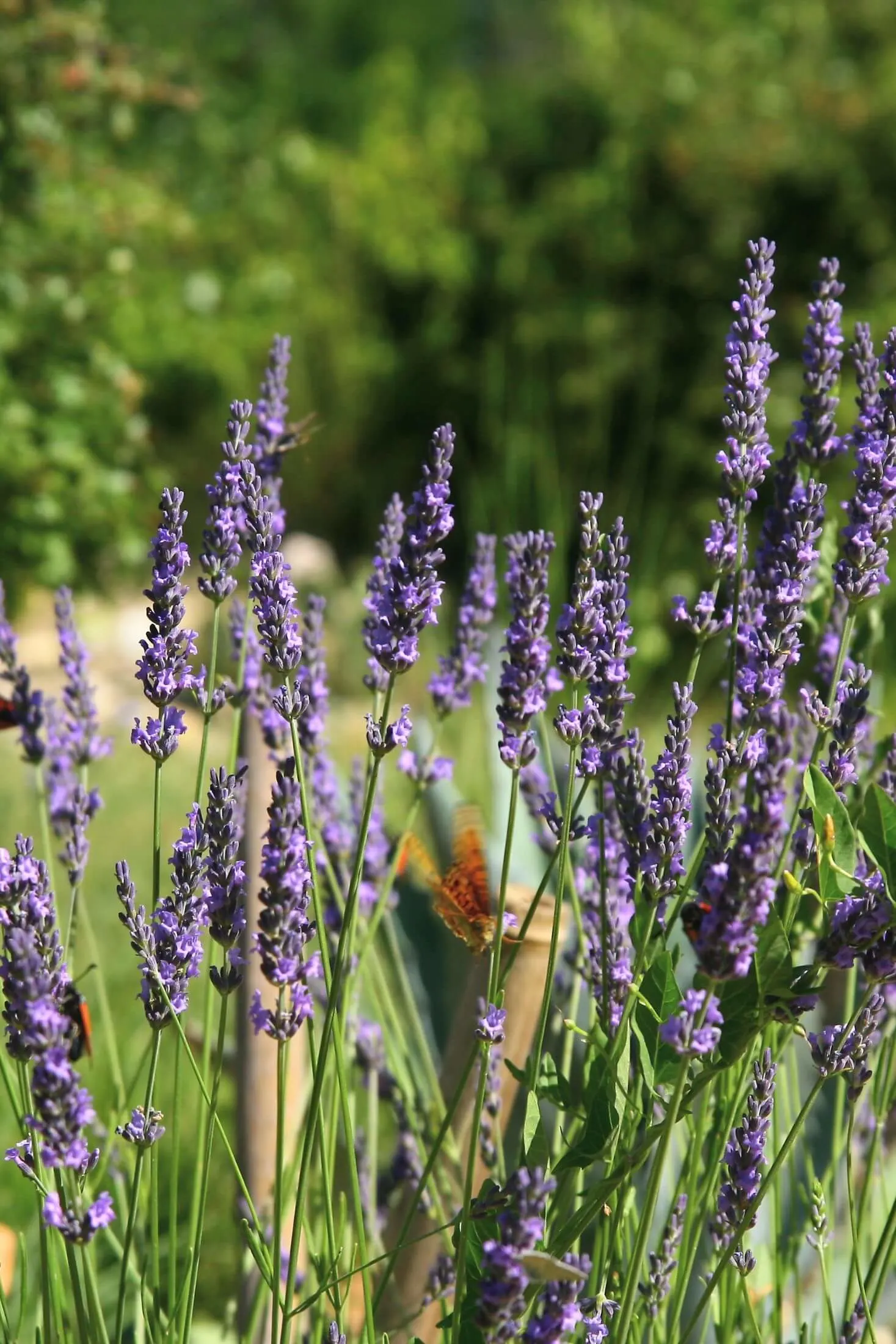
What Are The Benefits?
Companion planting helps to protect plants from pests, foragers, and diseases, without any store-bought chemicals! Some plants attract pollinators or beneficial insects to prey on destructive pests. It can improve the growth and even flavor of one or both plants. Companion plants can help provide optimal growing conditions, such as necessary shade or ground cover. They can also improve soil health through nitrogen fixation and nutrient cycling.
Considerations
- will the plants shade each other or compete for sunlight?
- will the plants attract or deter pests? Are they susceptible to the same pests?
- will they compete for the same space or nutrients?
- will the companion plants interact badly with each other?
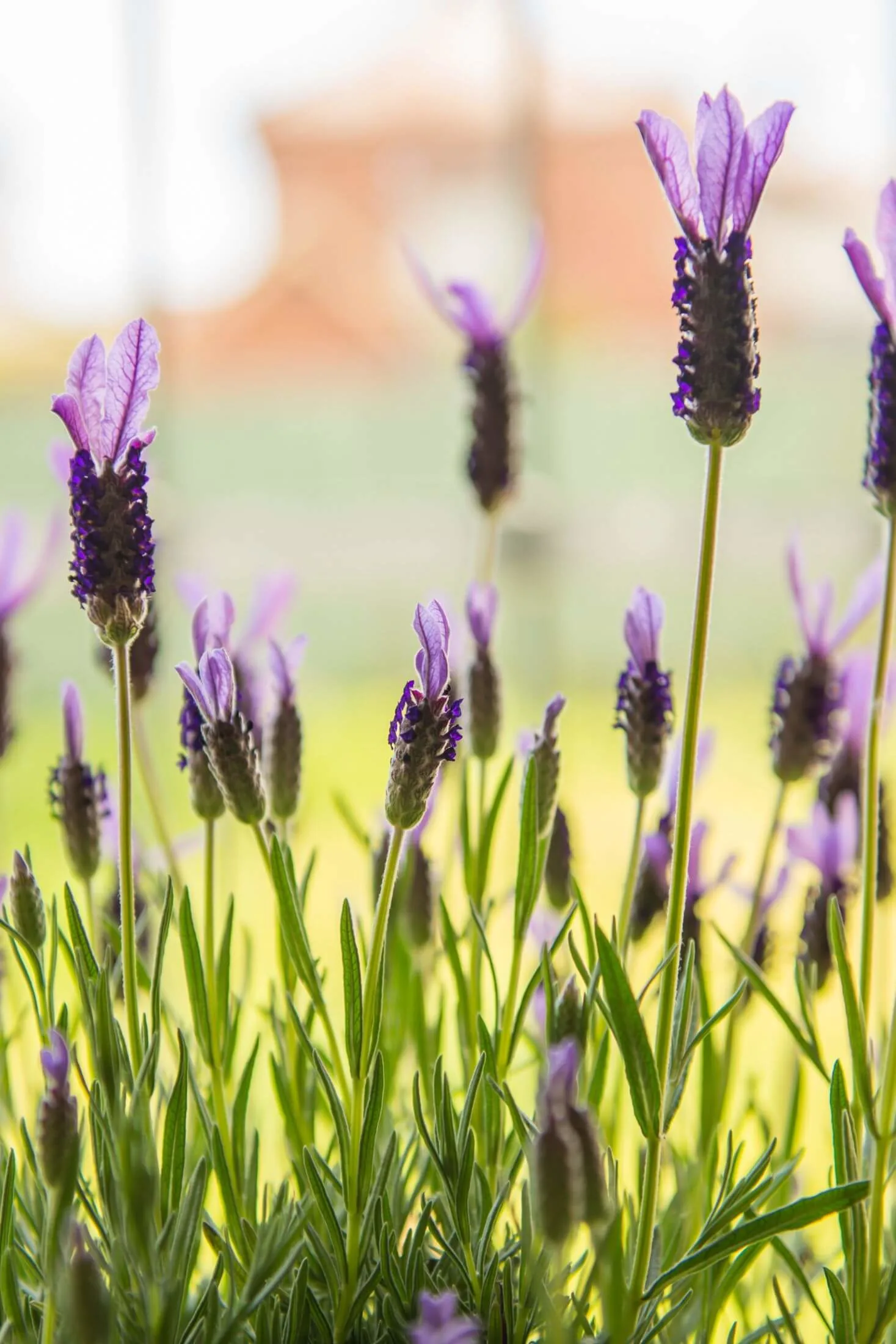
Best Lavender Companion Plants
Echinacea (Coneflower):
Both echinacea purpurea and lavender thrive in similar conditions, in fact, echinacea requires even less water than lavender, so it can tolerate a little competition for resources! This perennial buddy is hardy down to zone 3 (You bet we've got seeds ordered for our own food forest), so it can hang in there with lavender in cold climates.
Coneflowers generally have bright purple blooms but they can range from deep reds to pale pinks that last from July to the first frost when this herbaceous perennial dies back to the roots before growing a new the following spring.
Echinacea flowers generally stand between 30 + 36" tall, so they make a statement in the herb garden or flower bed. This medicinal flower attracts pollinators, hoverflies, and parasitoid wasps, so they are as beneficial as they are beautiful, making them a great choice as a companion plant.
Psst. Both echinacea and lavender seeds require cold stratification prior to germination and I've got a guide on how to do just that!
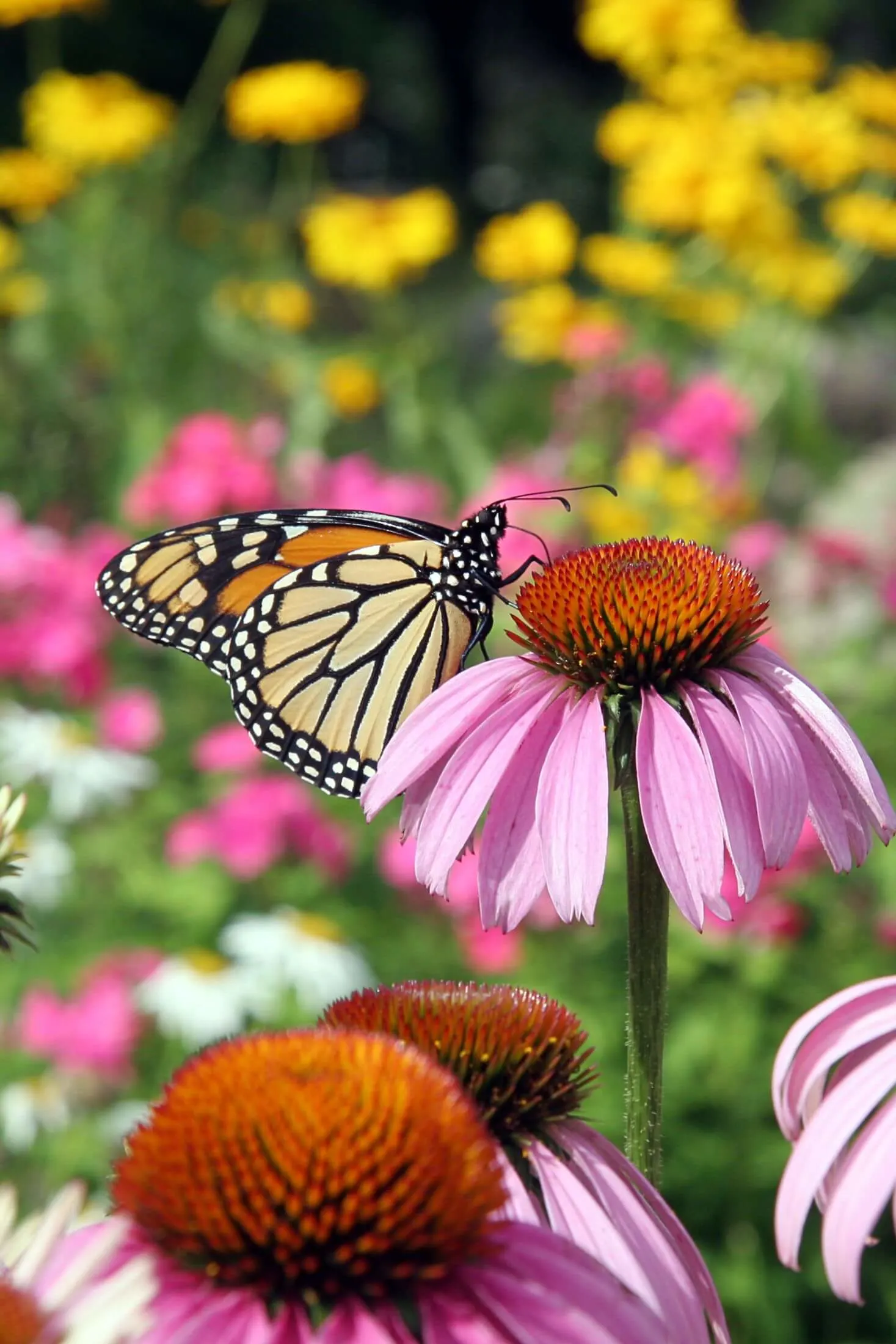
Roses:
Shrub roses and floribunda roses grow well with lavender. Some roses can be fussy to grow, but that is not the case with all roses, shop carefully and choose a variety that is low maintenance if this is a concern for you.
Generally, roses are perennialized in zones 2 -11, thriving in well-drained, loamy soil, making them great companion plants for lavender, BUT! Rose bushes need more water than lavender, so if you're planting them together in the flower garden, ensure there is enough space between both that the lavender isn't drowned by regular watering of the roses.
Lavender's strong scent can help to deter hungry foragers like rabbits and deer from eating your beloved roses, and may actually act as a trap crop - luring aphids away from the roses.

Yarrow:
This North American native flowering perennial doesn't get enough credit. It's cold hardy, low maintenance, thrives in poor soil, and is drought tolerant. Yarrow blooms stand tall and proud between 36-48" tall depending on the variety. Honestly, it's a good choice as a companion plant for nearly everything.
Like lavender, this wildflower does best in full sun. The bright white umbles of the western yarrow plant attract tons of beneficial insects like predatory wasps, hoverflies, and ladybugs.
Yarrow plants are available in a variety of colors from muted pastels as well as vibrant reds, oranges, yellows, and even pinks to compliment your purple lavender flowers.
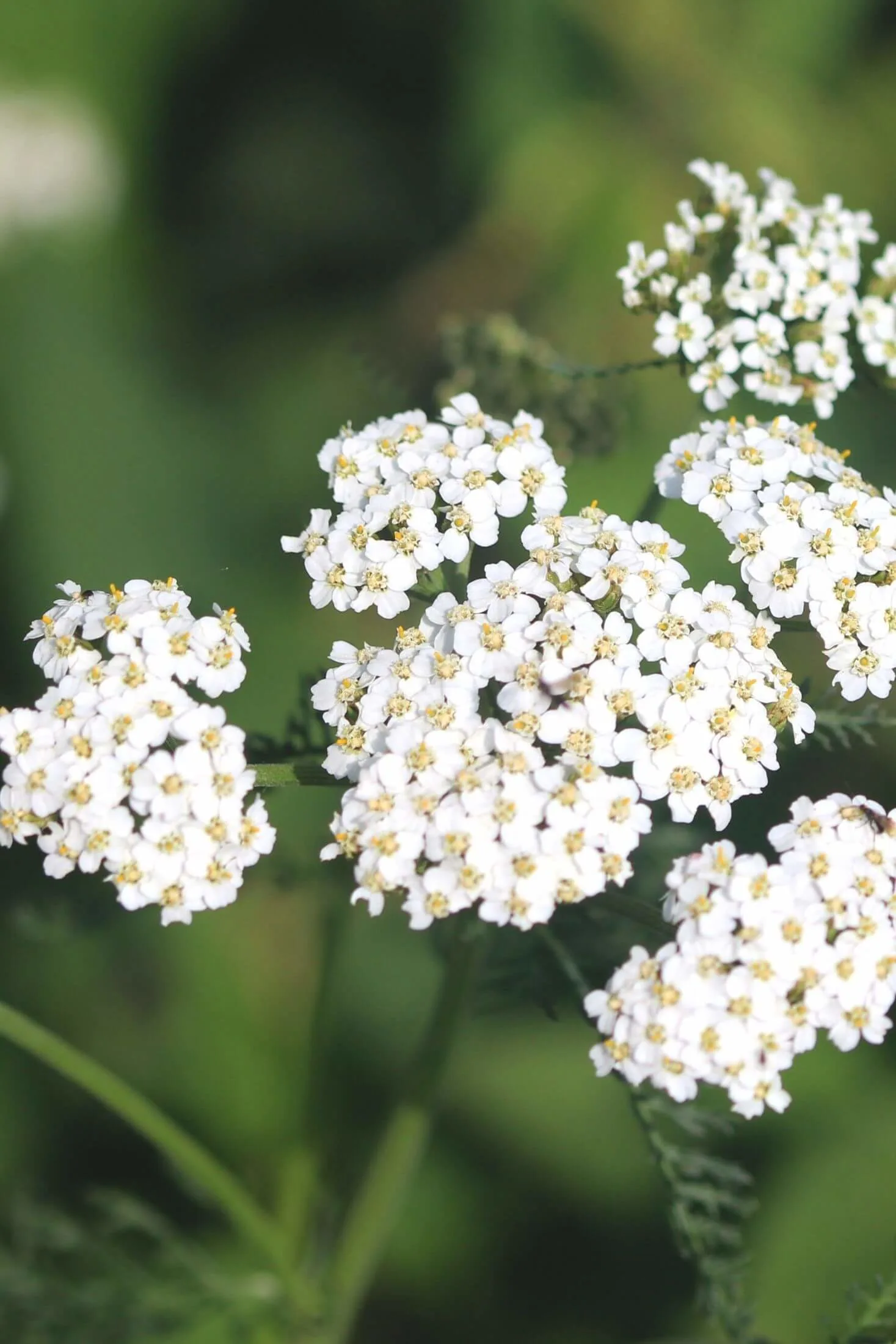
Alliums:
I'm not talking about garlic and onions here!
Flowering alliums or ornamental onions are some of my favorite hardy perennials. These tall, purple, globe-shaped flowers compliment the short upright lavender flower spikes beautifully. Actually, while purple flowers are the most common, they can also be found with white flowers. Both options provide a really pretty textural and height contrast when grown with lavender.
Flowering onions don't mind drought conditions and are hardy from USDA hardiness zones 3- 8, depending on the variety. Like most alliums, these plants also have a strong scent that can help deter pests that would otherwise enjoy snacking on your lavender plants.
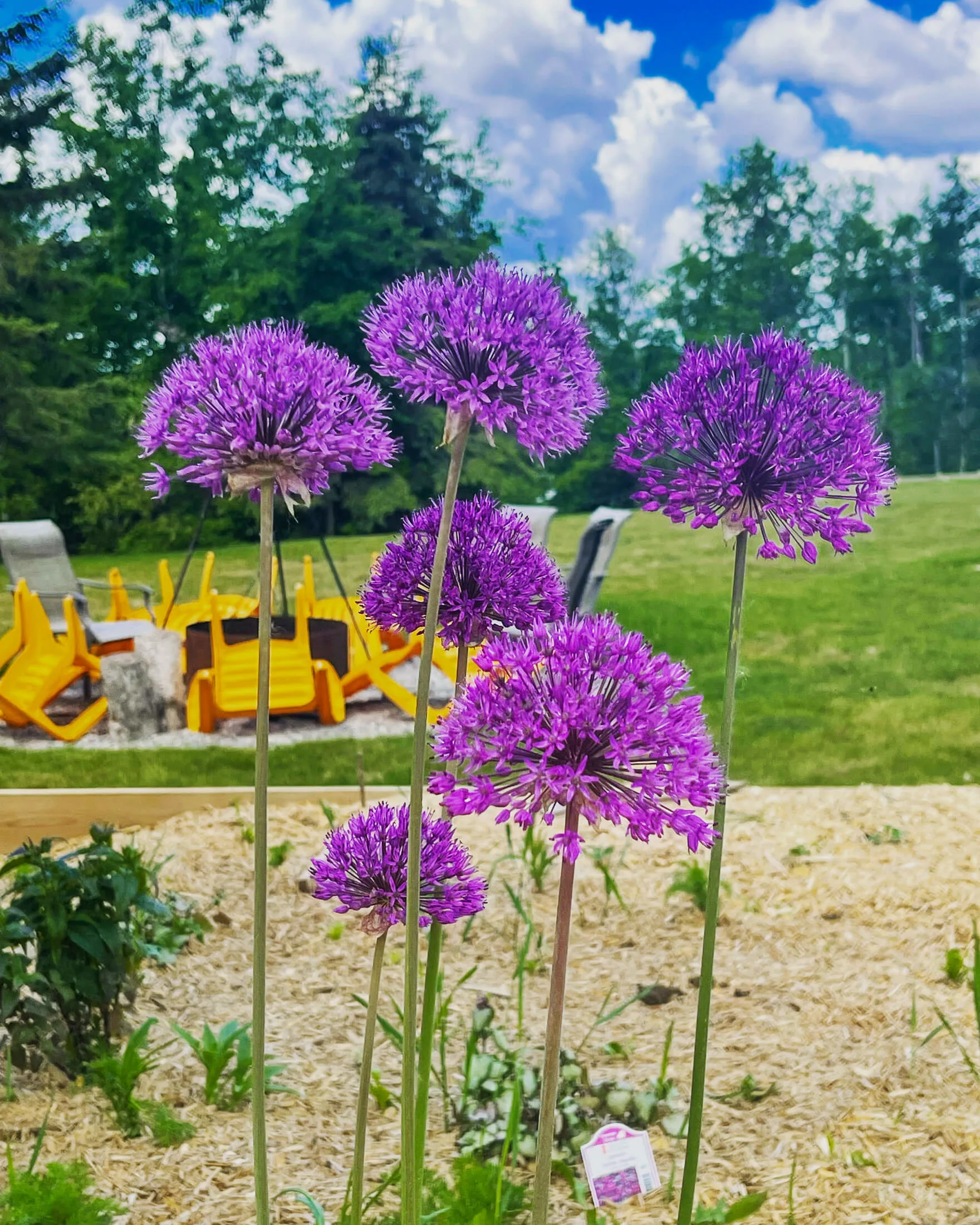
Rosemary:
Rosemary is an excellent companion plant for lavender. Both plants can trace their origins to the rocky soil and arid climate of the Mediterranean. This means they enjoy similar water and sunlight requirements.
When combined, rosemary and lavender build a fragrant forcefield around your vegetable garden, deterring foragers like deer and rabbits while attracting tons of pollinators with their prolific blooms.
As a side note, rosemary is not as cold-tolerant as lavender and needs frost protection in zones 6 and colder. Many people in cold climates circumvent this by potting their rosemary plants and bringing them indoors during the winter.
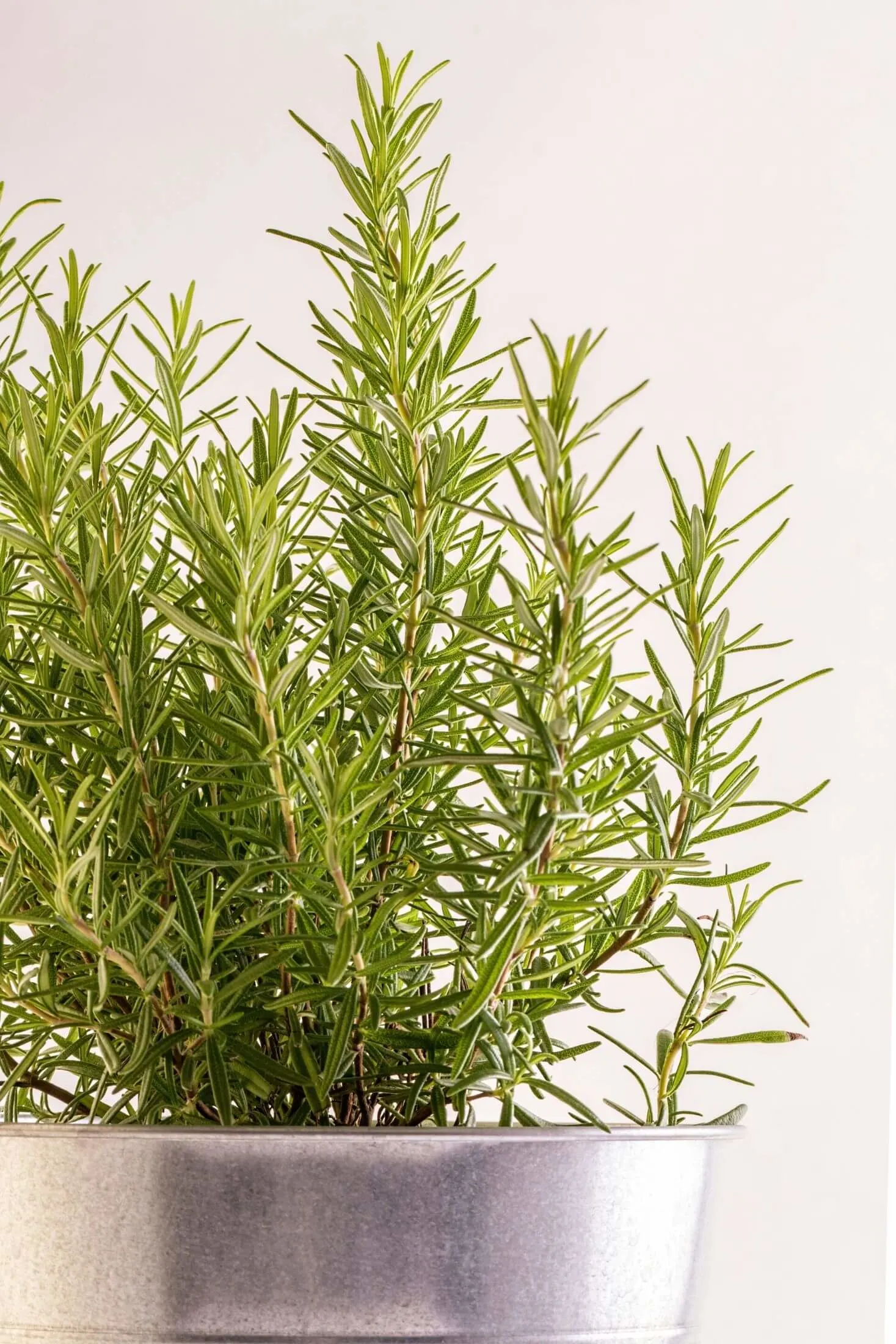
Sage:
I'm sensing a theme with these Mediterranean herbs!
Sage plants, like rosemary, share a love of hot, arid growing conditions with lavender. Sage's green-grey leaves and short mounding growth habit add color and textural interest when planted beside lavender.
This herb is hardy down to about zone 5, so it should hang with your perennial lavender no problem!

Fruit Trees:
Planting pollinator-addictive lavender near your fruit trees and berry bushes will undoubtedly bring more pollinators and beneficial insects to your orchard. Increased pollinator presence can increase both crop yield and crop size.
Lavender also helps to repel the codling moth (just like parsley!), so it can help to keep your apple trees safe while also helping to deter deer who enjoy snacking on fresh, young spring growth!

Black Eyed Susan:
Black-eyed Susan is also known as rudbeckia. These cheerful yellow wildflowers are native to North America with blooms reminiscent of daisies. Rudbeckia is a self-seeding annual plant, so they will come back over and over.
These brightly flowering plants are not opposed to the heat of dry conditions and can handle a little neglect if you get busy with other projects. Ahem, backyard chickens!
Not only do rudbeckia bring in tons of butterflies, pollinators, and beneficial insects, but they are also deer resistant because their stems are too tough!
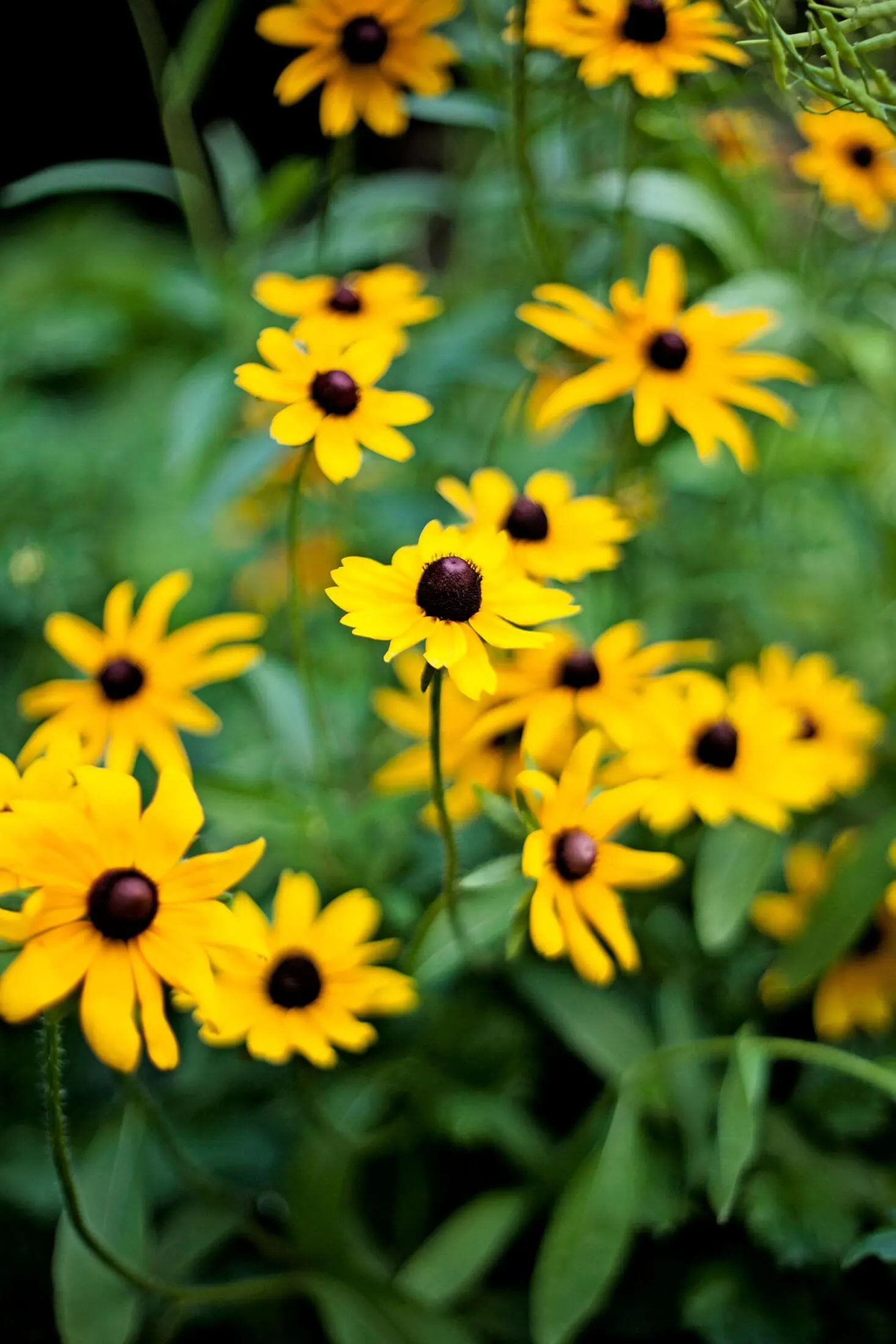
Lavender Companion Plants To Avoid:
Mint:
These two plants may hail from the same family but make no mistake, they are poor companions. Mint likes moist soil and this hardy herb can be incredibly invasive if not properly handled.
These two have such different needs that they just aren't compatible.
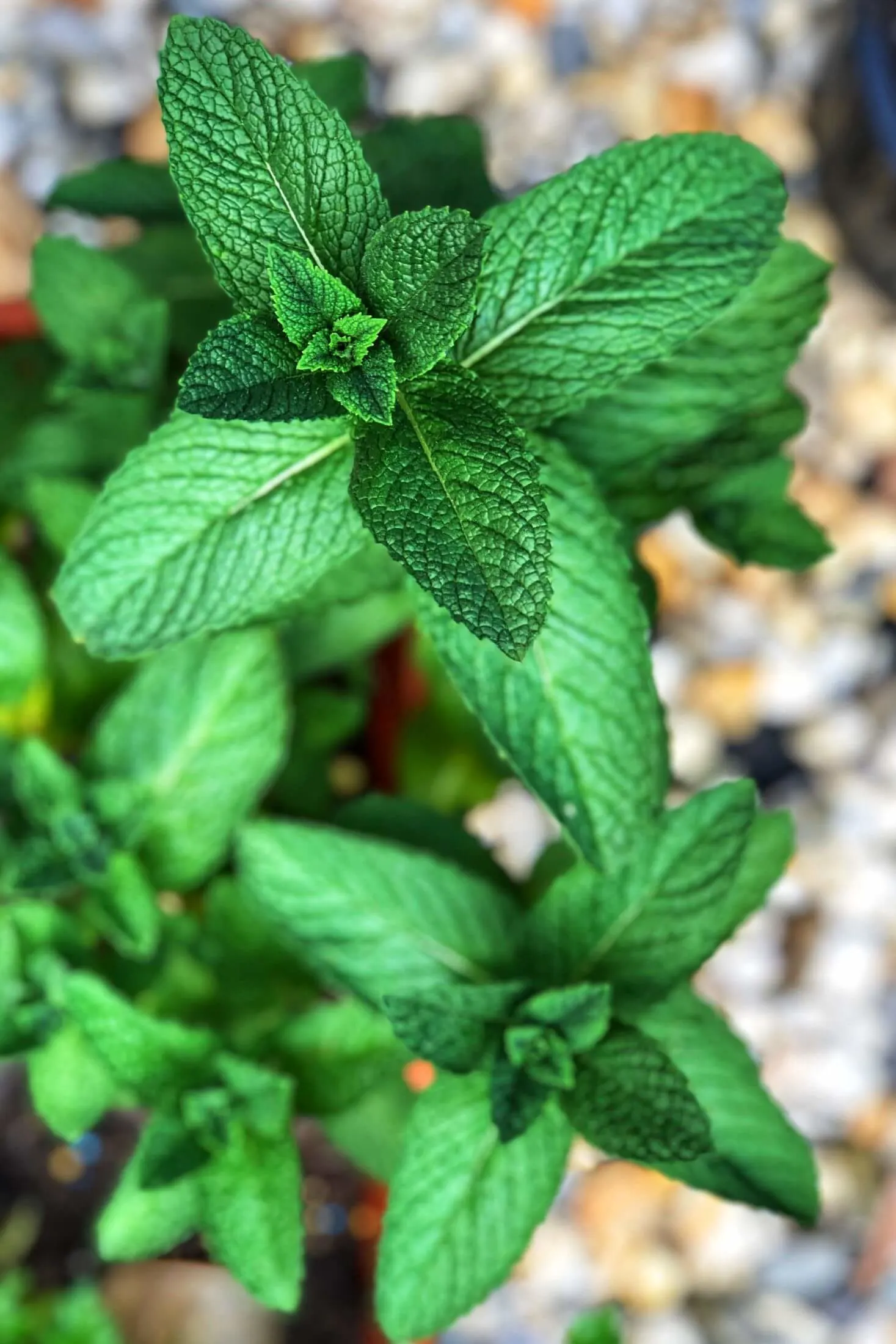
Hostas:
These beautiful foliage plants are cold hardy perennials, and actually do not mind hot, dry conditions. But lavender needs full sun and well-drained soil, but hostas really prefer part shade and richer soils that can swamp your lavender.
To keep these two plants happy, it's best to give them their own space in the garden. That way they each can have what they need with no risk of harm.

Impatiens:
While pretty, these flowering plants require a lot more moisture than lavender. They also suffer when planted in full sun, so this is a companion pair to skip.

Camellias:
Although the vibrant, round camellia blossoms may look great next to lavender spikes, the plants do not make a great duo. Camilla is only hardy to zone 7 while lavender is much hardier and can withstand zone 5 winters. Camellia prefers shade while lavender prefers full sun.
It's best to keep these two in separate garden beds and containers if you want both of them to thrive.

More Companion Planting Guides:
Notes From The Garden:
When choosing companions for your lavender, choose drought-tolerant plants with similar growing needs to lavender. Heat-loving plants that prefer well-draining soil or dry soil are the best companion plants for your lavender. Lavender pairs well with other Mediterranean herbs, like rosemary and sage, as well as with wildflowers like black-eyed Susans. Many fruit trees and berry bushes also do well when planted near lavender plants. Avoid companion plants that require a lot of moisture or prefer shady growing conditions.
Pin This Lavender Companion Planting Guide!
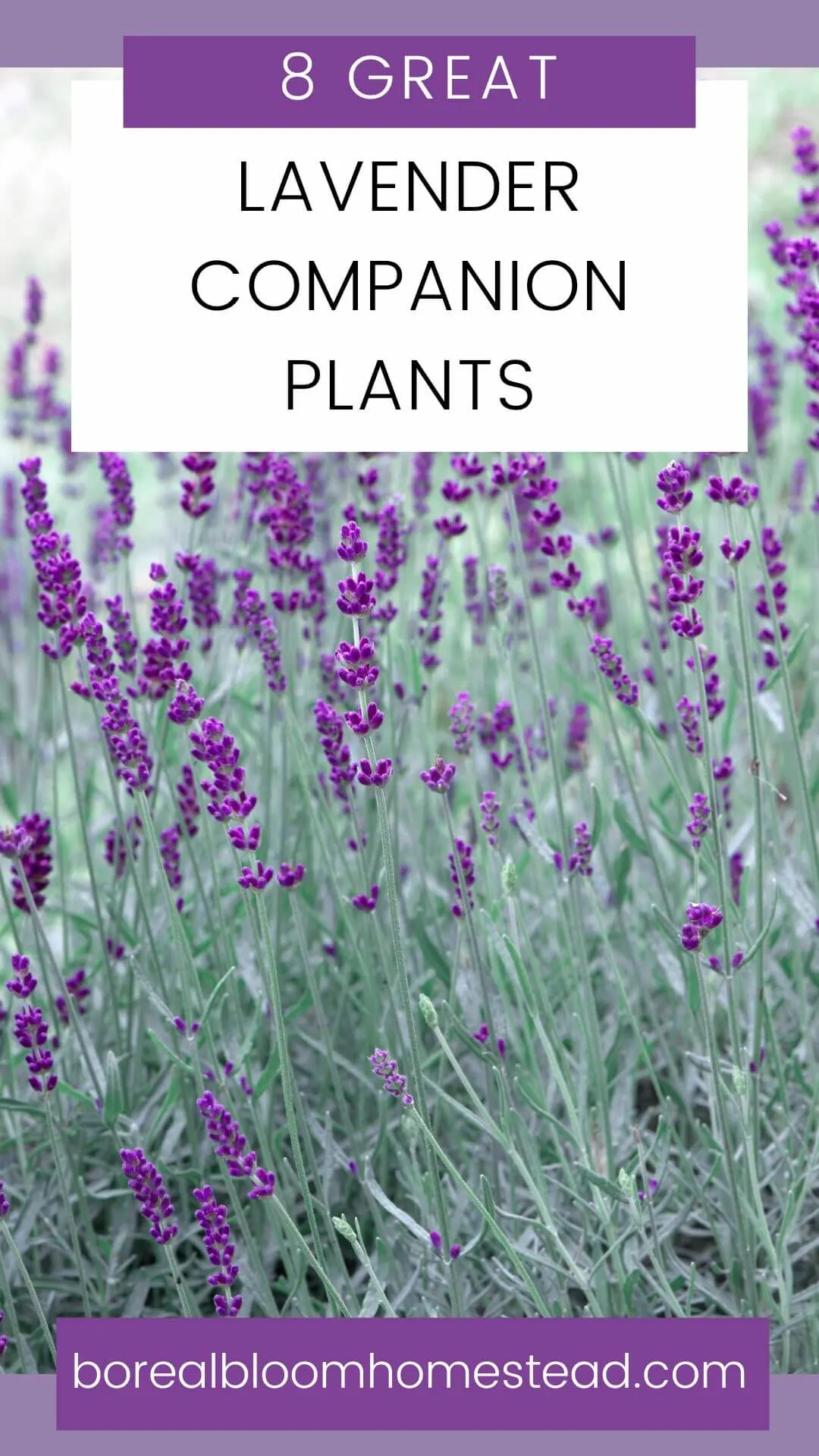
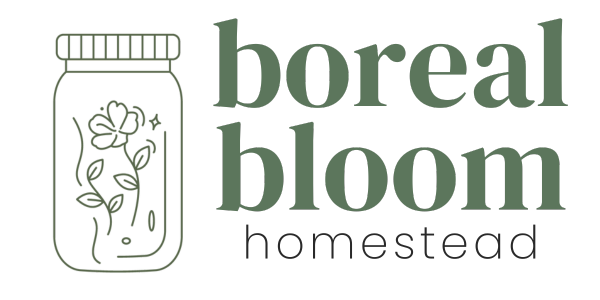
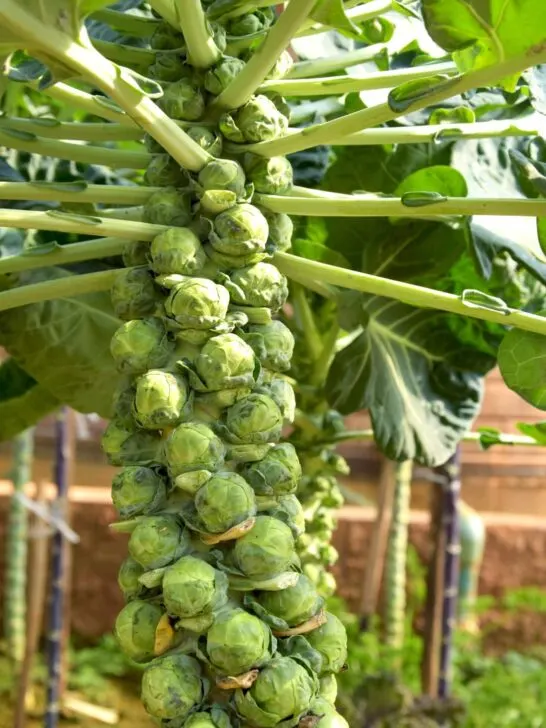
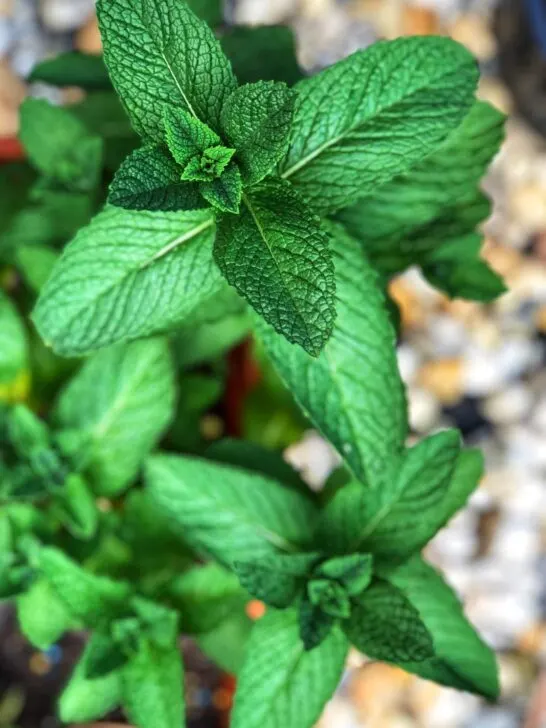

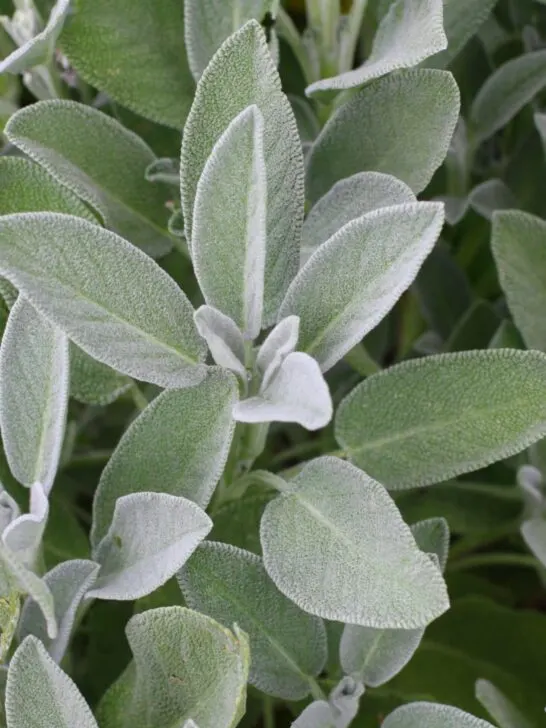
Carol
Wednesday 31st of January 2024
Thank you everyone.